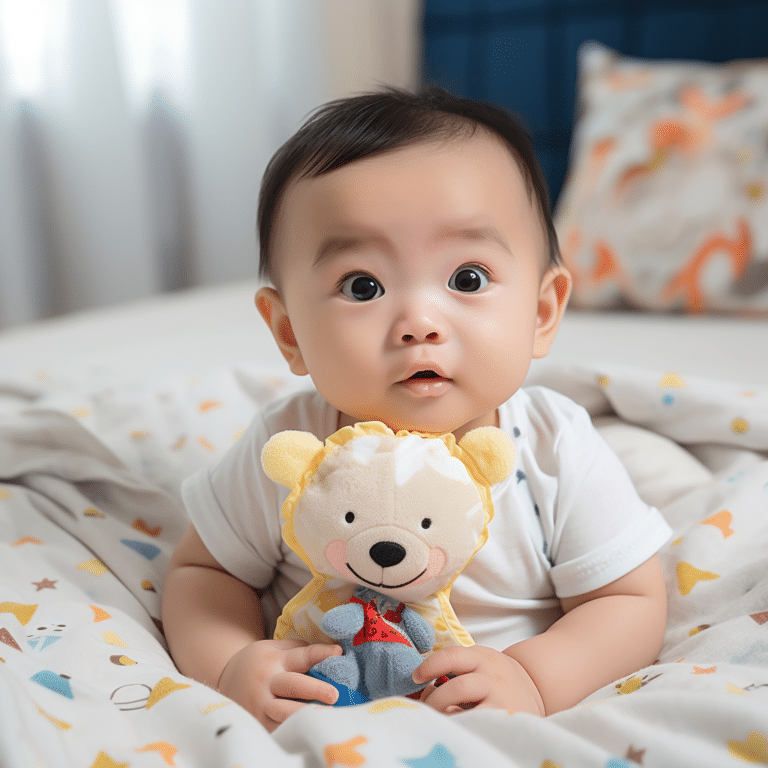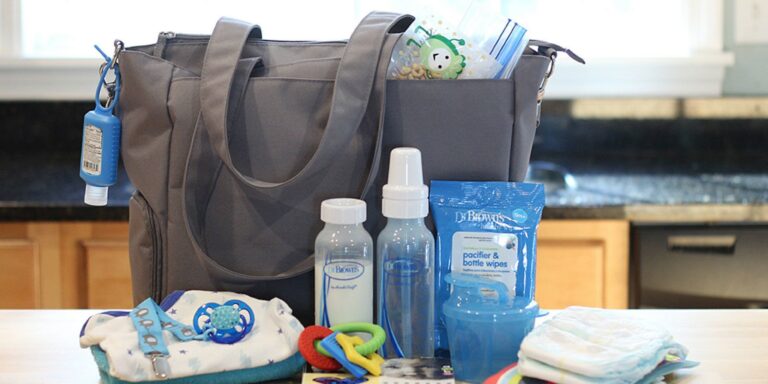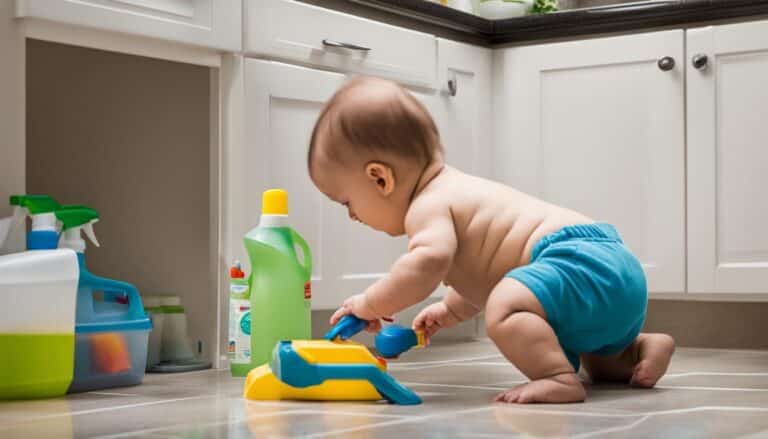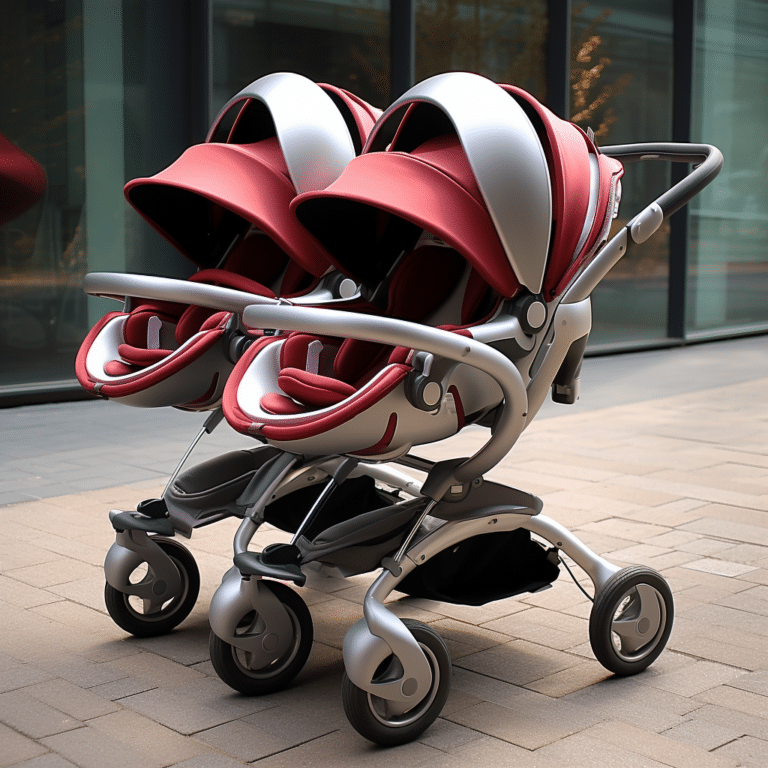Toddlers Sleeping with Blankets: Safety and Tips
Toddlers Sleeping with Blankets: Many parents are frequently concerned about their children, and this is understandable. Sometimes a parent’s instincts are the ones that save the day.
When it comes to toddlers covering their heads when sleeping, it appears harmless unless it prevents them from breathing. A two-year-old or older child desires control. They desire to be in charge of everything around them. They prefer it if everything revolves around them.
As a result, a toddler covering their head with a blanket is also a means for them to influence how they sleep. And it’s fine to leave them with the blanket on their heads as long as they appear at ease.
Toddlers can also cover their heads for a variety of other reasons. They may do so to prevent light entering their room from distracting them as they sleep or because they are afraid of monsters hiding beneath their bed. The thinking of “if I hide my face, they won’t be able to see me” passes through their heads, and they’d rather sleep with their head covered.

What Can You Do If Your Toddlers Sleep With Blankets Over Head?
If a child has already formed the practice of covering their heads while sleeping, it is tough to stop them. It is recommended that you leave them alone for the time being. If they continue to have this preference as they develop, you may feel okay Toddlers Sleeping with Blankets providing them with options, but for now, just let them be. However, you can try to assist them breath with ease when they cover their heads by providing them with light, non-porous blankets that are a little see-through and breathable.
Can a Toddler Suffocate Under a Blanket?
At the age of one year, a child has mastered the art of eliminating undesired materials and things from their bodies. As a result, if they feel a blanket is too near to their face, they will be able to move it.
However, for the first few days after introducing the blanket, it is recommended that you keep an eye on your child. Of course, the younger your baby is, the more cautious you should be. When sleeping with a blanket, a two-year-old, for example, requires relatively little supervision. On the other hand, a baby who has recently turned one may require extra care to ensure that they respond to excessive blankets safely.
Additionally, it is recommended that you avoid overcrowding the crib at night with extra blankets or soft toys. Your first concern should be safety rather than comfort, and the crib should be kept relatively empty. You shouldn’t also offer your toddler a pillow until they’ve graduated from the crib to their own bed.
When Can Your Toddler Have a Blanket in Bed?
After 12 months, a toddler can sleep with a blanket. However, the most recommended time for your toddler to have a blanket in their bed is 18 months. At this time, you should have no difficulty providing your toddler with a thin blanket to sleep with at night.
What are the Safe Sleep Guidelines and Toddler Sleep Tips You Should Follow?
By the time your child is a toddler (one to three years old), they are no longer at risk of SIDS, and many of the guidelines for safe baby sleep are no longer applicable. However, there are a few things to keep in mind to guarantee that your child is secure when sleeping:
You should only Move Your Toddler to Bed When They Are Tall enough
You should only move your toddler to a toddler bed or a twin bed with rails when they’re 35 inches in height or the height of the side rail is less than three-quarters of their height. In fact, it is recommended that you switch them when they are as close to 3 years old as possible. Most children transition to a toddler bed when they are between 18 months and three and a half years.
Make a Secure Sleeping Area
Ensure that any objects with strings or ties, such as window blind pulls, electrical cords, or curtains, are far away from your child’s bed or crib. Furthermore, keep an eye out for items that your toddler might be able to bring into their bed or crib, such as mobiles, picture frames, or other hazards. The good news is that your child’s blankets, pillows, and stuffed animals do not present the same risk they did when your toddler was a baby. Your child can now sleep with a light blanket and a tiny pillow, but make sure the pillow isn’t large enough for them to use as an improvised step tool to get out of their crib.
Take Precautions to Keep the Crib Climbers Safe
Toddlers enjoy getting up and exploring their surroundings, which might include attempting to climb out of their cribs. Keep your child’s crib mattress on the lowest setting if they are still in it to make it more difficult for them to get out. Also, don’t place anything in the crib that your child could use to aid climbs, such as crib bumpers or stuffed animals. Toddlers Sleeping with Blankets Even with these precautions in place, your toddler may still be able to escape from their crib. If this is the case, and they are doing it often, it’s time to move them to a toddler bed or a twin bed with a side rail.
Allow Your Toddler to Sleep in a Position That Suits Them
Toddlers Sleeping with Blankets You don’t have to put your child to sleep on their back after their first birthday. They’re already old enough to sleep on their backs, sides, and stomachs, so let them choose which one they like.

When Should You Lower Your Toddler’s Crib Mattress so That They Don’t Climb Out?
It’s preferable to lower your child’s crib mattress before they reach toddlerhood; ideally, after they can sit or pull themselves to a standing posture on their own. It’s time to move your toddler to a toddler bed or a twin bed with a side rail if they can climb out of the crib with the mattress at the lowest level.






